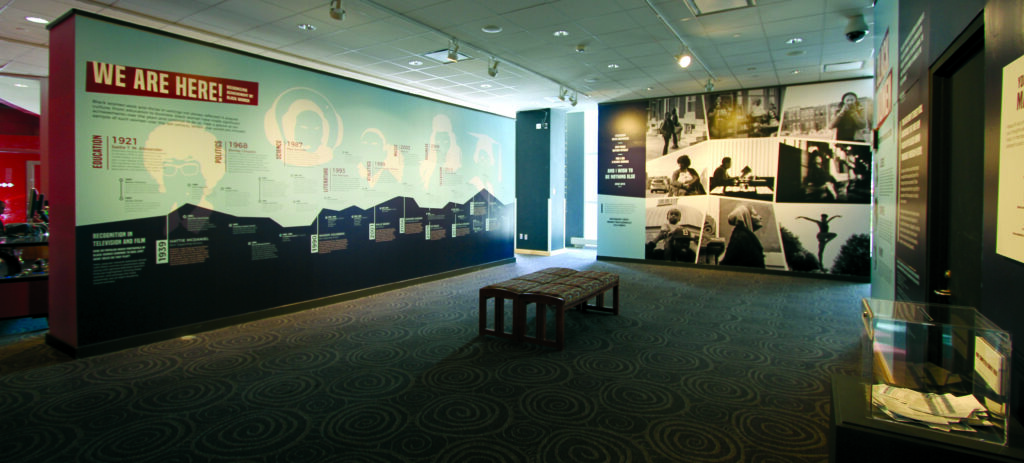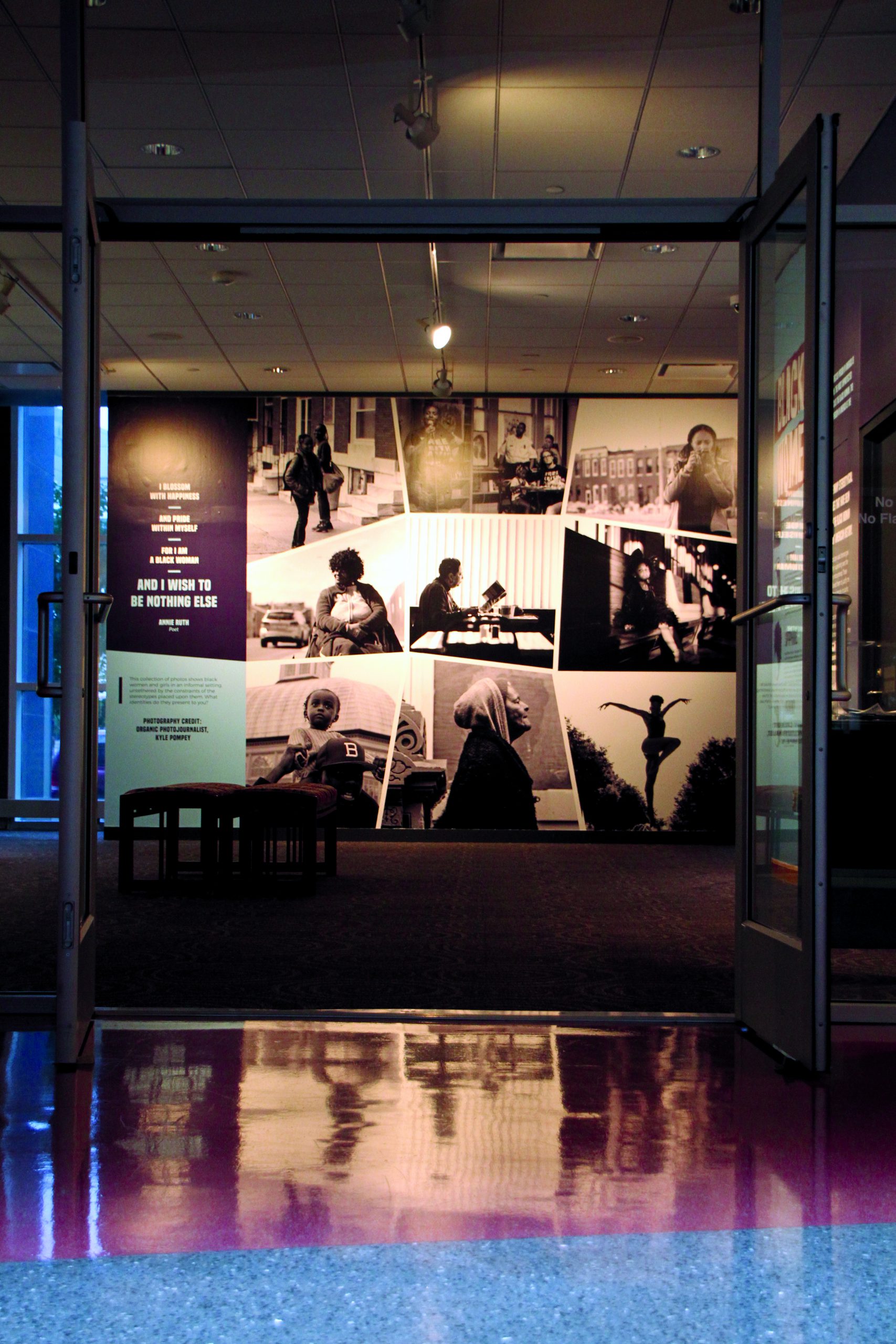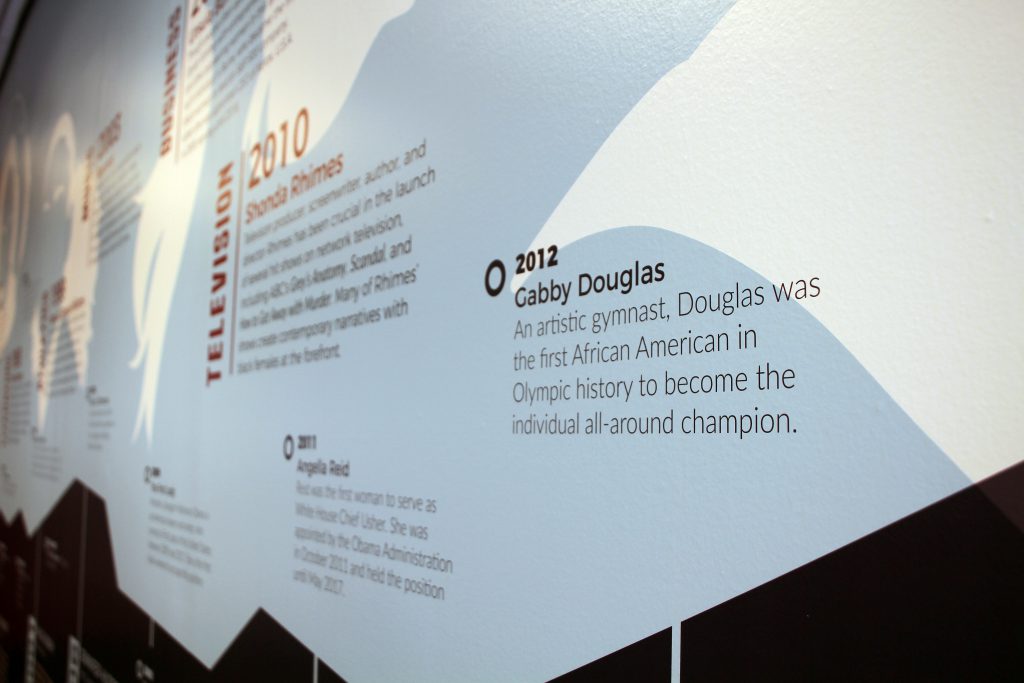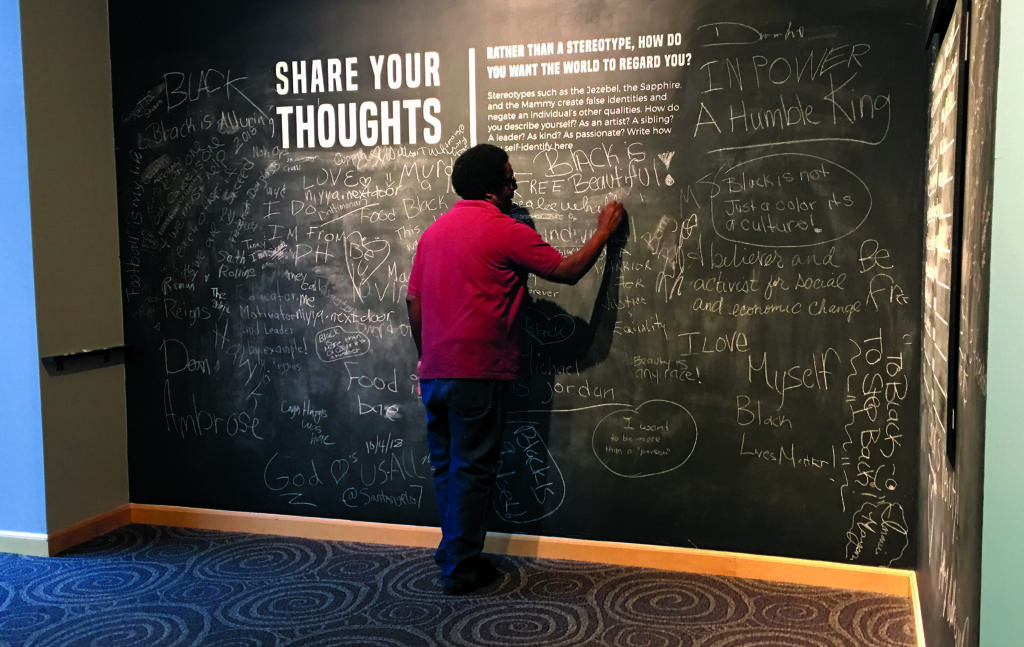Black Women: Image & Perception in Popular Culture
The Black Women: Image & Perception in Popular Culture exhibit addresses the stereotypes that our culture places on Black women, highlights women who defy these characterizations and prompts visitors to consider ways to thwart these stereotypes.

Summary
This project began at the request of Charles Bethea while he was head of exhibition curation at the Reginald F. Lewis Museum. The goal of this exhibition was to celebrate Black women by identifying the harmful ways popular culture often stereotypes them, showing counter-stereotypical images and information to refute those pejorative ideas, and creating conversation around the ways to negate these stereotypes. We included participatory components to gain visitor feedback about the impact of the exhibition’s messages. Preliminary data indicate many were empowered by the exhibition and have a greater sense of agency of how to dispel the stereotypes of Black women and others. Findings contribute to our understanding of the potential impact public exhibitions can play in prompting self-efficacy and agency in minority populations.
Collaborators
Charles Bethea, UMD 2017 senior design cohort
Collaborating Institutions
Details

The Reginald F. Lewis Museum of Maryland African American History & Culture in Baltimore hosted the Black Women: Image & Perception in Popular Culture, which was on display August through December 2018.
This exhibit calls attention to and then dismantles three primary stereotypes of Black Women: Jezebel, the Angry Black Woman or Sapphire, and the Mammy.
The exhibit celebrates Black women by identifying the harmful ways popular culture often stereotypes Black women and showing counter-stereotypical images and information to refute those pejorative ideas.

The exhibit features photographs by Kyle Pompey.
The Timeline

The exhibit includes a 25-foot timeline that informs and reminds visitors about little-celebrated, stereotype-defying Black women, such as NASA scientist Katherine Johnson and politician Shirley Chisholm.

Inviting Participation

The goal of two participatory chalk-wall components is to give exhibit-goers a sense of agency and self-efficacy in terms of how to cope with and thwart stereotypes.
The chalk wall components offer visitors opportunities to join the conversation.